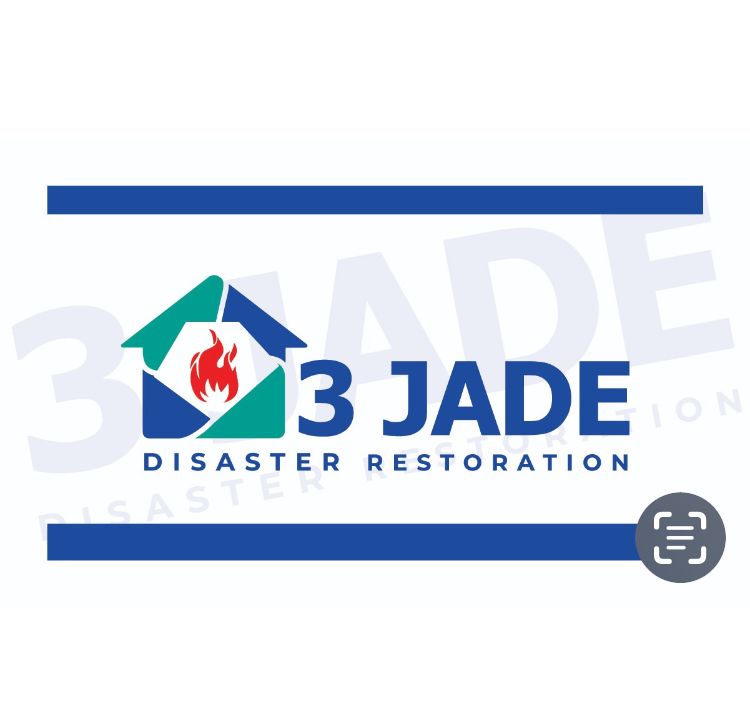Basic Facts about Mold and Dampness
How common is mold in buildings?
Molds are very common in buildings and homes. Mold will grow in places with a lot of moisture, such as around leaks in roofs, windows, or pipes, or where there has been flooding. Mold grows well on paper products, cardboard, ceiling tiles, and wood products. Mold can also grow in dust, paints, wallpaper, insulation, drywall, carpet, fabric, and upholstery.
How do you know if you have a mold problem?
Large mold infestations can usually be seen or smelled.
How do you keep mold out of buildings and homes?
Inspect buildings for evidence of water damage and visible mold as part of routine building maintenance. Correct conditions causing mold growth (e.g., water leaks, condensation, infiltration, or flooding) to prevent mold growth.
Inside your home you can control mold growth by:
Controlling humidity levels;
Promptly fixing leaky roofs, windows, and pipes;
Thoroughly cleaning and drying after flooding;
Ventilating shower, laundry, and cooking areas.
Molds are very common in buildings and homes. Mold will grow in places with a lot of moisture, such as around leaks in roofs, windows, or pipes, or where there has been flooding. Mold grows well on paper products, cardboard, ceiling tiles, and wood products. Mold can also grow in dust, paints, wallpaper, insulation, drywall, carpet, fabric, and upholstery.
How do you know if you have a mold problem?
Large mold infestations can usually be seen or smelled.
How do you keep mold out of buildings and homes?
Inspect buildings for evidence of water damage and visible mold as part of routine building maintenance. Correct conditions causing mold growth (e.g., water leaks, condensation, infiltration, or flooding) to prevent mold growth.
Inside your home you can control mold growth by:
Controlling humidity levels;
Promptly fixing leaky roofs, windows, and pipes;
Thoroughly cleaning and drying after flooding;
Ventilating shower, laundry, and cooking areas.
